Our bones are what give us structure. Our skeletal framework allows us to move and protects organs like our brain and heart from injury. So, it goes without saying that keeping our bones healthy is an essential part of our overall wellbeing.
One of the most common conditions Canadians experience as we age is osteoporosis, a condition often referred to as the “silent thief”. Bone deterioration can happen for years before we start to feel any of the symptoms. All the more reason to stay educated on how you can keep your bones nourished and strong early on. Let’s dive in.
What is osteoporosis?
Our bones are made of tissue that is constantly being broken down and replaced in order to keep them strong. This process is known as bone remodeling, and the body completely regenerates its bones around every 10 years. It involves cells called osteoclasts responsible for the removal of mineralized bone, and osteoblasts that form the new bone matrix. Removing old pieces of bone and replacing them with new bone tissue keeps them healthy and strong, and allows bones to supply calcium to the rest of the body.
Osteoporosis happens when the creation of new bone can’t keep up with the loss of the old bone. This causes the bone to become weak, brittle, and break easily. Generally, bones in the hip, spine, and wrist are most commonly affected.
How to spot the signs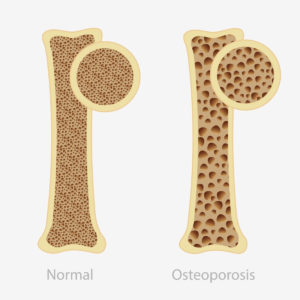
If we take a closer look at the inside of healthy bone, it will look similar to a honeycomb. This structure is a form of spongy bone called cancellous bone, as opposed to the outer layer of hard bone you may be familiar with, cortical or compact bone. When an individual has osteoporosis, the spaces in the honeycomb structure will appear wider or more spaced out. The bone that forms the honeycomb structure will get smaller, along with the outer shell of the bone getting thinner. These factors make our bones weaker, and cause us to experience symptoms such as:
- Back pain (as a result of a fractured or collapsed vertebra)
- A change in posture (stooping or bending forward)
- Loss of height over time
- Bones that break more easily than expected
- Shortness of breath
Are there any risk factors for osteoporosis?
While there isn’t one single cause for osteoporosis, there are some factors that can make an individual more prone to developing the condition. Osteoporosis is said to affect people at almost any age, but it tends to be most common in Canadians 50 years of age and older. So, naturally, the risk for osteoporosis increases with age.
Other risk factors include:
- Bone structure and body weight – Petite individuals have less bone to lose than those with more body weight and larger body frames, making them more prone to developing osteoporosis.
- Family history – You may have a higher risk of osteoporosis if your parents or grandparents have osteoporosis, or have had symptoms of osteoporosis, such as a fractured hip after a minor fall.
- Medical conditions – Some conditions can act as a precursor to developing osteoporosis. Examples include an overactive thyroid, parathyroid, or adrenal glands, celiac disease, hormone treatment for breast or prostate cancer, and having gone through bariatric (weight loss) surgery or organ transplant.
How can you support healthy bones?
The prevention of osteoporosis begins with two things that have been recommended by health experts for a long time: a healthy, active lifestyle and a well-rounded, nutritious diet.
Routine movement
Regular physical exercise can help you maintain and build strong bones, as well as slow down the process of bone loss. Although it’s never too late to start incorporating exercise into your daily routines, making it a habit to exercise regularly while you’re younger and continuing to do so as you age can help further support your bone health.
A combination of strength training exercises in addition to weight-bearing and balance workouts can help build strong and healthy bones. While strength training supports muscles and bones in your arms and upper spine, weight-bearing primarily aids the bones in your legs, hips, and lower spine. Additionally, balance exercises can reduce the risk of falling, which can come in handy especially as we get older. Strength training workouts include pushups, squats, and planks. And examples of weight-bearing exercises are walking, jogging, running, skipping rope, and stair climbing. If you’re looking to improve balance, try a tai chi routine.
Nutritious diet
Calcium and vitamin D are two of the most important nutrients when it comes to building and maintaining healthy bones. Calcium is one of the major components that our bones are made of, so it makes sense that increasing our intake of this nutrient can help support bone health. Additionally, vitamin D plays a role in helping the body absorb calcium and as a result, helps to prevent osteoporosis.
Looking to load up on calcium? Try to eat more dairy foods such as milk, cheese, and yogurt, as well as kale and broccoli. Foods rich in vitamin D include cod liver oil, fortified foods, and saltwater fishes. Most of the vitamin D we get doesn’t come from our foods, but instead from the sun. So, it can be a great idea to take a walk outside or try to complete your daily workout in nature, if weather conditions allow it!
Supplemental support
Sometimes, no matter how healthy we eat, we may still need some extra support. In that case, supplements that are designed for promoting healthy bones can be a great option.
Start by trying CanPrev’s Osteo Prolong, a formula that was made to foil the osteoporosis thief before it can sneak up on you. This formula contains a balanced ratio of elemental calcium and magnesium, in addition to vitamin D3, K1, boron, and zinc, all the ingredients to help reduce the risk of developing osteoporosis. It also promotes bone health, and helps to maintain your muscles, tissues, teeth and glowing skin as well.
CanPrev’s Health Bones MCHA is another supplement that features microcrystalline hydroxyapatite (MCHA) – the calcium compound naturally found in bones and teeth that give them their structure. This highly absorbable formula also contains hydrolyzed collagen, magnesium, vitamin D3, vitamin K2 and trace minerals.
Looking for a vegan formula? CanPrev’s Healthy Bones is a great vegan supplement that can help support your bone health. It’s a complete bone building blend with critical calcium, magnesium, D3, K2, and essential trace minerals. It combines the best available sources for the most critical nutrients in a vegan, soy-free formula.
Don’t let the silent thief of osteoporosis take control of your bones. Starting early and caring for your bones with regular exercise, a healthy diet and supplemental support where needed can help you prevent osteoporosis.
Sources:
Osteoporosis
Osteoporosis
What is osteoporosis?
Osteoporosis
What to know about osteoporosis
Bone Health Basics
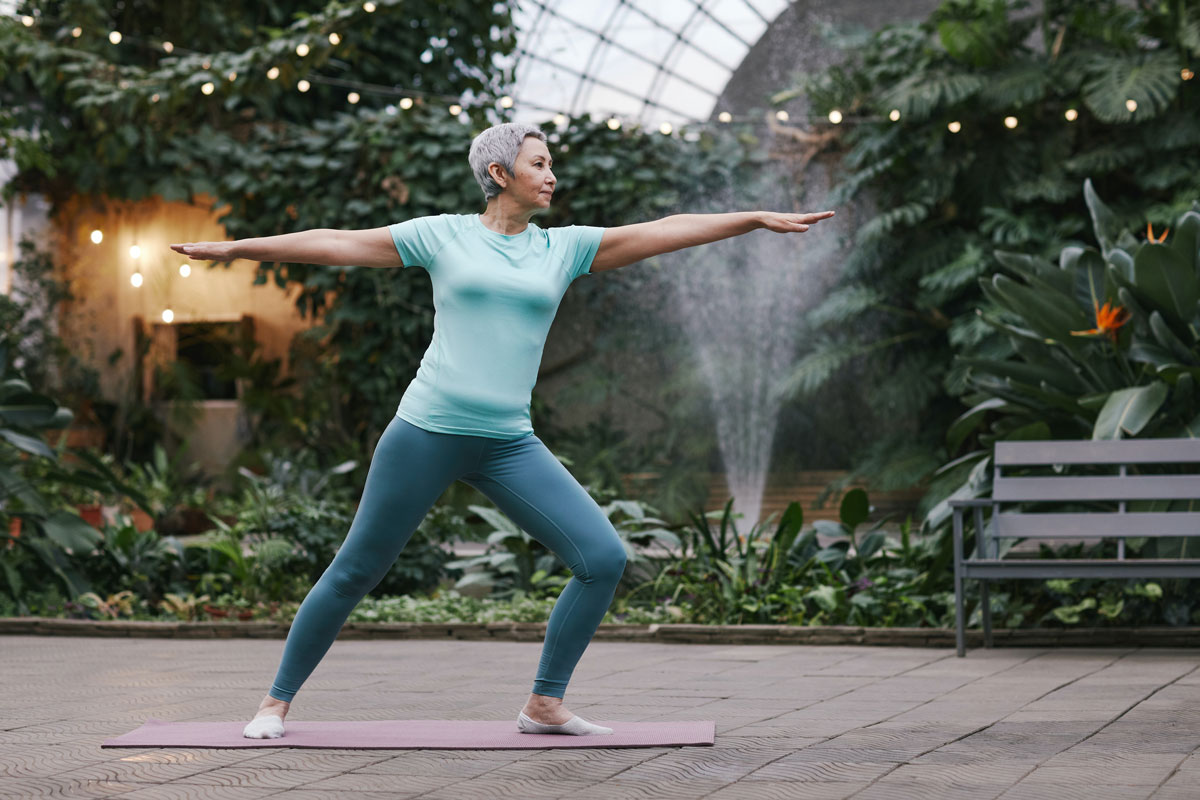

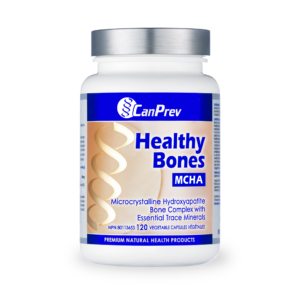
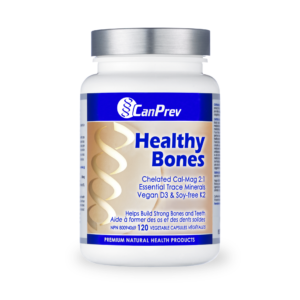




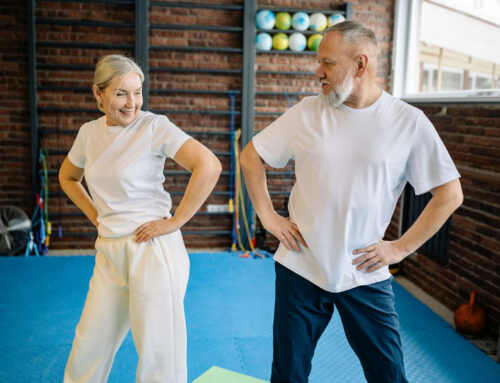
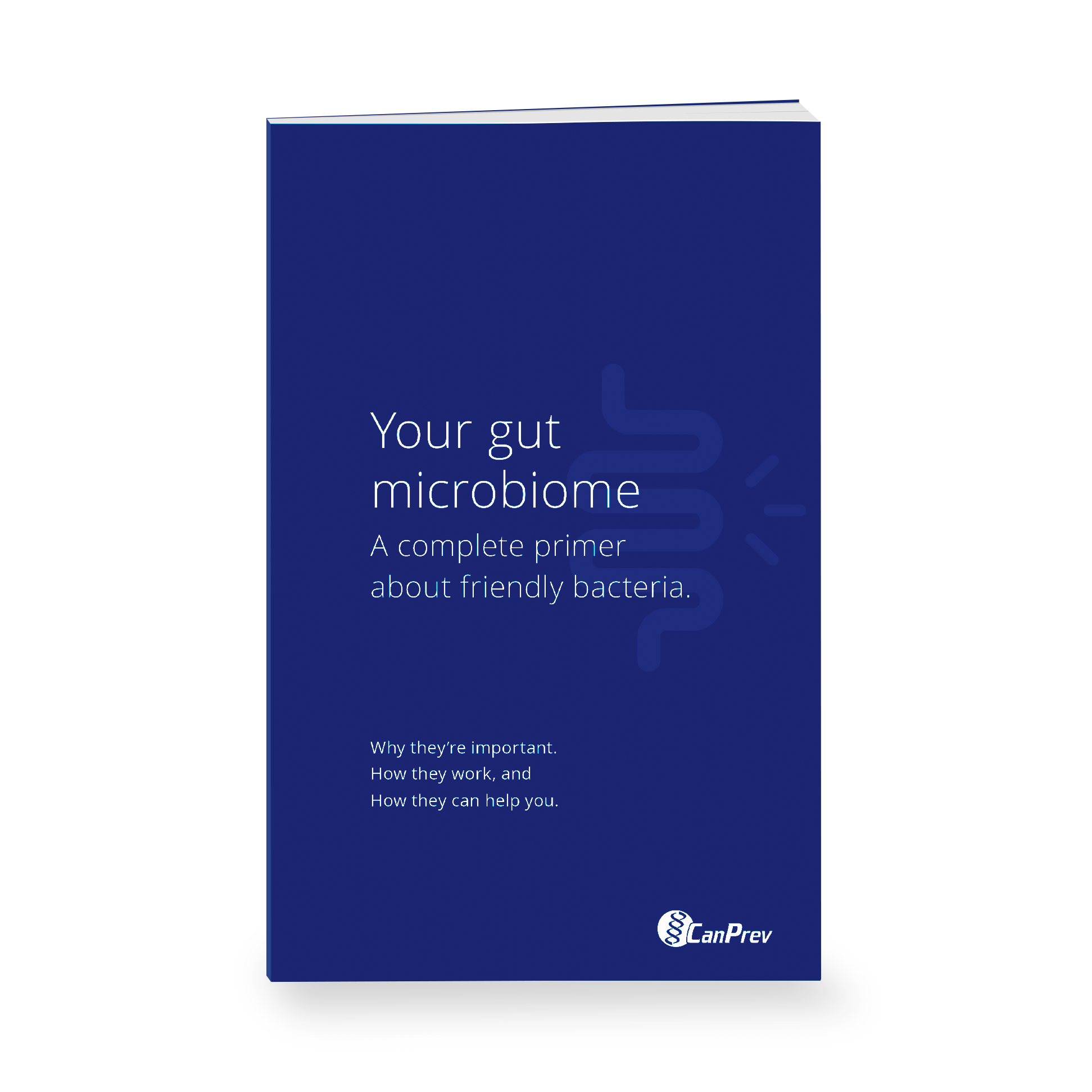
Leave A Comment